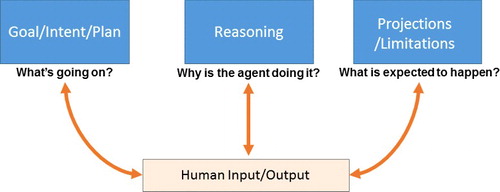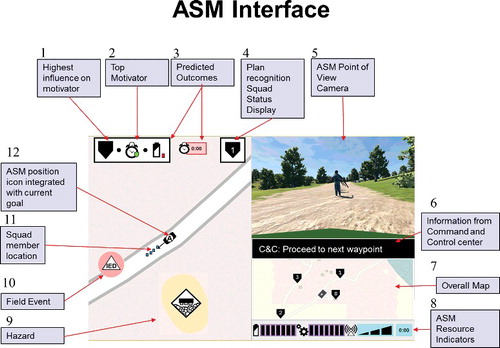Figures & data
Figure 1. The original situation awareness-based agent transparency (SAT) model, adapted from Chen et al. (Citation2014).
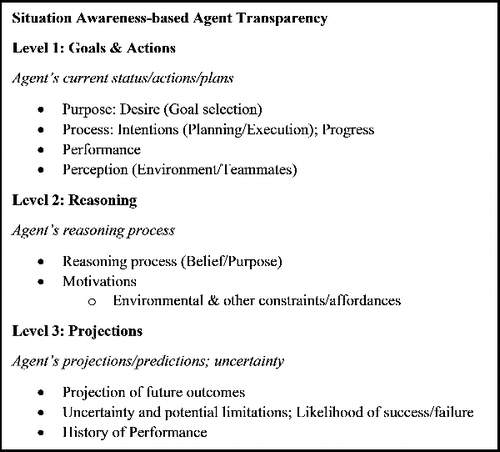
Figure 3. Operator control unit: user interface for convoy management and 360° tasking environment. OCU windows are (clockwise from the upper centre): (1) Map and Route Overview, (2) RoboLeader Communications Window, (3) Command Communications Window, (4) MGV Forward 180° Camera Feed, (5) MGV Rearward 180° Camera Feed, (6) UGV Forward Camera Feed and (7) UAV Camera Feed (Wright, Chen, Hancock, Yi, and Barnes, Forthcoming).
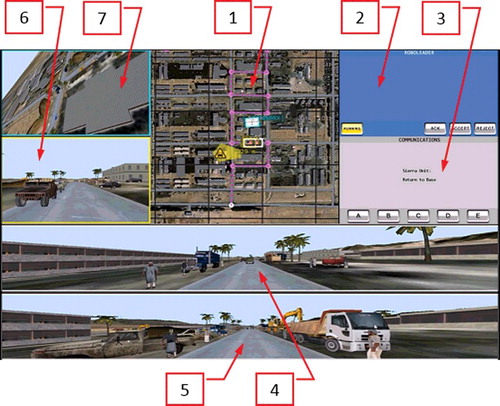
Figure 4. Interface used to display transparency for study by Mercado and colleagues (2016). Transparency information is communicated through the use of text, vehicle characteristics on the map, and a pie chart.
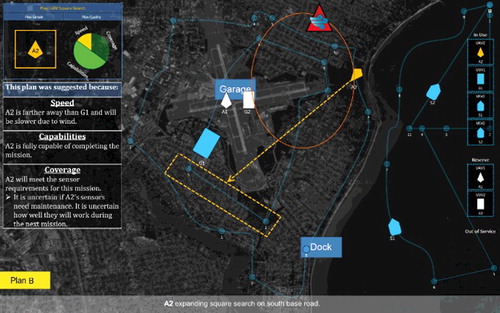
Figure 5. Interface used to display transparency for study by Stowers and colleagues (Citation2017). The interface was altered to pull transparency information to a separate area below the map, with text and a sliding bar scale representing the majority of transparency information offered. Vehicle characteristics on the map were also manipulated to correlate with such information.
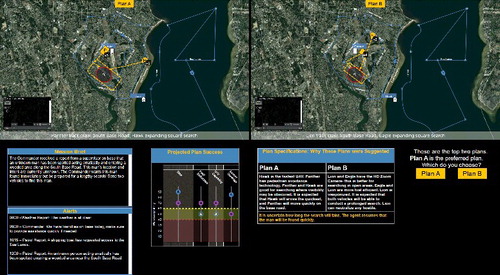
Figure 6. Model of bidirectional, situation awareness-based agent transparency in human–agent teams. Both the human and the agent share their goals, reasoning, and projections to achieve their goals as a team. Both the human and the agent maintain transparency regarding their contributions to a shared task.
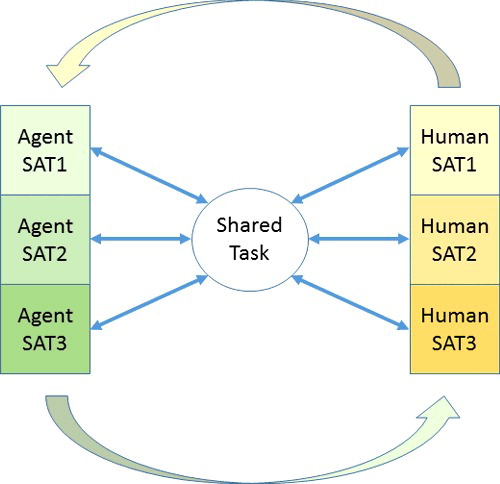
Figure 7. Agent decision making portion of the dynamic SAT model, including feedback and feed-forward loops. This conceptual model describes how changes in the agent's goals and actions, reasoning, or projections can influence the other two components.
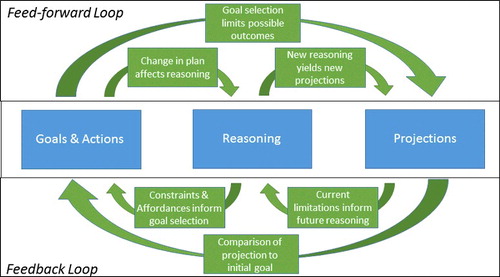
Figure 8. Bidirectional transparency portion of the dynamic SAT model. Human team-member has privileged loop into agent's decision-making process, while agent can convey information to human that influences human's decision-making process.
